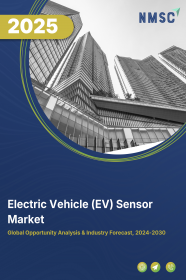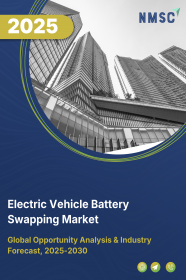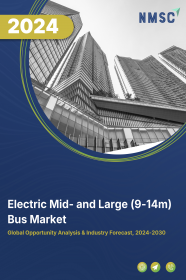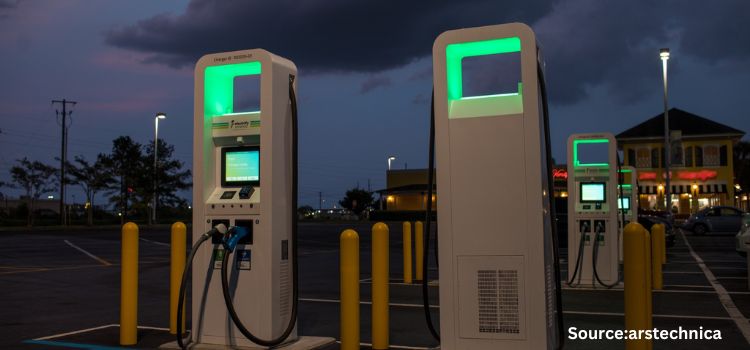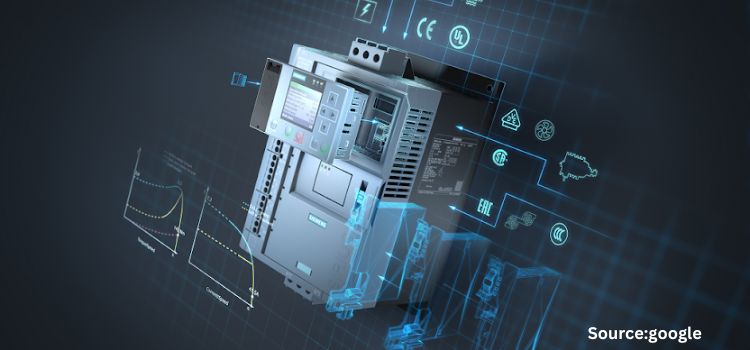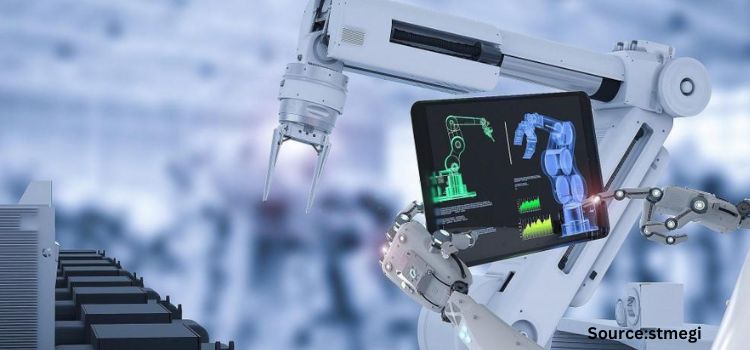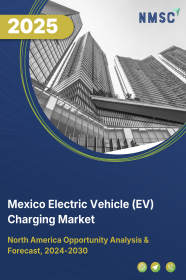
Mexico Electric Vehicle (EV) Charging Market by Type of Charger (AC Chargers, and DC Chargers), By Charging Speed (Level 1, Level 2, and Level 3), By Connector Type (J1772 (Type 1), Mennekes (Type 2), CCS (Combined Charging System), CHAdeMO, and Others), By Charging Modes (Mode 1, Mode 2, Mode 3, and Mode 4), By Installation (Fixed and Portable), By End User (Commercial, and Residential) – Opportunity Analysis and Industry Forecast 2023–2030
Industry: Automotive & Transportation | Publish Date: 04-Mar-2025 | No of Pages: 90 | No. of Tables: 72 | No. of Figures: 41 | Format: PDF | Report Code : AT847
US Tariff Impact on Mexico Electric Vehicle (EV) Charging Market
Trump Tariffs Are Reshaping Global Business
Market Definition
Mexico Electric Vehicle (EV) Charging Market was valued at USD 73.39 million in 2022, and is predicted to reach USD 858.37 million by 2030, with a CAGR of 36.6% from 2023 to 2030. Electric vehicle chargers are defined by the amount of energy delivered to the vehicle’s battery per unit of time. It is an infrastructure that is used to connect the plug-in electric vehicle to an electrical outlet to charge the battery of the vehicle. Electric vehicle chargers are used to provide charging to EVs with a battery and the electrical source that helps to charge the battery.
Electric vehicles, neighborhood EVs, and plug-in hybrids can all be charged at a charging station by connecting to an electrical source. Advanced features including smart meters, cellular connectivity, and network access are available on some charging stations. The charging of EVs can be carried out through several levels of charging such as level 1, level 2, and level 3. The higher the level of charging, the faster the charging process causing more power to be delivered to the vehicle. The use of electric vehicles significantly reduces the carbon footprints released into the atmosphere, which contain toxic gas. The growing threat of carbon emissions and other harmful gases stemming from transportation has triggered the vital necessity of adopting electric vehicles.
In addition, the penetration of EV charging is high in commercial spaces as compared to residential ones. Long-distance trips would benefit from ultra-fast charging capabilities made possible by public charging infrastructure. However, EV chargers for residential spaces offer significant growth potential as they are affordable and more convenient for charging electric vehicles as compared to commercial charging stations.
Government Regulations and Funding Fuel Rapid Growth of EV Charging Market in Mexico
Mexico is working to create a substantial network of charging stations that will aid in the development of a greener nation. Mexico is speeding up its efforts to reduce pollution and increase the viability of electric vehicle mobility. There are hundreds of charging stations available across the nation, given by numerous businesses.
The demand for electric vehicles is rising in Mexico as a result of a growing gasoline shortage, which is good news for the country's electric vehicle charging station business. The growing government obligatory regulations and funding for the development of electric vehicle charging stations in the country drive the growth of the EV charging market. For instance, the government announced plans to invest USD 38 million in 2022 for electric vehicle charging station infrastructure to reduce greenhouse gas emissions caused by transportation and attract new visitors.
Key Industry Players Drive Robust Growth of the Mexican EV Charging Market
The active involvement of prominent players in the electric vehicle (EV) charging sector within the Mexican market is serving as a significant catalyst for market expansion. These industry leaders are contributing to the development of a more robust and widespread charging infrastructure, enhancing the accessibility and convenience of EV charging across the country.
Their investments, technological advancements, and expertise are not only addressing the evolving demands of the Mexican market but also bolstering consumer confidence in adopting electric vehicles, thereby accelerating the overall growth of the Mexican EV charging market. For instance, in August 2022, Juice Technology launched J+ Booster 2 portable two-in-one EV charger in the United States, Canada, and Mexico. It enables EV owners to simply take their EV charger on the road to charge their EV from any conventional power socket outlet.
Fast Chargers' High Initial Setup Costs Hinder the EV Charging Market Growth
Lack of incentives and worries about the high installation costs of EV charger installation could prevent the growth of the sector. One of the biggest barriers to the expansion of this business is the high initial cost of level 3 and ultra-fast chargers. While level 1 and level 2 chargers can take anything from 6 to 16 hours to fully charge, consumers typically charge their fossil fuel vehicles in 5 to 7 minutes.
Fast chargers that can charge EVs in under 30 minutes are therefore in demand on the market. A level 3 charging station can be somewhat expensive at first, though. For those who might want to transition to EVs, this could be a deterrent because a lengthy charging period might interfere with their already hectic schedules.
Surging Adoption of Vehicle-to-Grid (V2G) EV Charging Stations in Mexico Unlocks Promising Opportunities
A technology called vehicle-to-grid (V2G) EV charging allows plug-in EVs and the power grid to exchange electrical energy in both directions. Electric vehicles (EVs) can store extra electricity and release it to the grid thanks to V2G technology. This may enhance the functionality of the electrical component and increase value for EV owners.
The development of this concept has made charging for electric vehicles easier, and EVs are now among people's top transportation options. As a result, the entire market for charging stations is essential for connecting the electric vehicle to the grid and enabling the vehicle to charge.
Two V2G EV vehicle charging stations were erected by Enel Energia S.p.A. at the Italian Institute of Technology's Genoa headquarters. The installation is a part of MOV-E, a Nissan-sponsored corporate electric car sharing trial project. The Italian Institute of Technology received two battery electric vehicles (LEAF models) from Nissan as well as the Glide app management platform. The partnership between Enel and Nissan represents a shift in the way that technology is used for sustainable transportation.
As a result, manufacturers have a great chance with the V2G charging technology because it is predicted to change the EV industry and determine how EVs will be charged in the future. Although V2G infrastructure is more beneficial than smart charging, installing V2G charging stations has a hefty up-front cost. Manufacturers of EV connectors are projected to have opportunities to produce sophisticated connectors to withstand electrical architecture due to the predictable and anticipated expansion of V2G technology.
Competitive Landscape
The Mexico EV Charging industry includes several market players such as Tesla Inc., BP PLC (Pulse), ABB Ltd., Shell Plc, Electromaps, Blink Charging Co., WallBox Inc., Evergo, Schneider Electric, Siemens, Nissan Motor Corporation, Vemo, Newark Electronics, Noodoe Inc. and elinkpower Corp.
Key Benefits
-
The Mexico Electric Vehicle (EV) Charging market report provides a quantitative analysis of the current market and estimations through 2023-2030 that assists in identifying the prevailing market opportunities to capitalize on.
-
The study comprises a deep dive analysis of the market trend including the current and future trends for depicting the prevalent investment pockets in the market.
-
The information related to key drivers, restraints, and opportunities and their impact on the market is provided in the report.
-
The competitive analysis of the market players along with their market share in the Mexico Electric Vehicle (EV) Charging market.
-
The SWOT analysis and Porter’s Five Forces model are elaborated in the study.
-
Value chain analysis in the market study provides a clear picture of the stakeholders’ roles.
Mexico Electric Vehicle (EV) Charging Market Key Segments
By Type of Charger
-
AC Chargers
-
DC Chargers
By Charging Speed
-
Level 1
-
Level 2
-
Level 3
By Connector Type
-
J1772 (Type 1)
-
Mennekes (Type 2)
-
CCS (Combined Charging System)
-
CHAdeMO
-
Others
By Charging Modes
-
Mode 1
-
Mode 2
-
Mode 3
-
Mode 4
By Installation
-
Fixed
-
Portable
By End User
-
Commercial
-
Commercial Public EV Charging Stations
-
Highway Charging Stations
-
Fleet Charging Stations
-
Workplace Charging Stations
-
-
Commercial Private EV Charging Stations
-
-
Residential
Key Players
-
Tesla Inc.
-
BP PLC (Pulse)
-
ABB Ltd.
-
Shell Plc
-
Electromaps
-
Blink Charging Co.
-
WallBox Inc.
-
Evergo
-
Schneider Electric
-
Siemens
-
Nissan Motor Corporation
-
Vemo
-
Newark Electronics
-
Noodoe Inc.
-
elinkpower Corp
REPORT SCOPE AND SEGMENTATION:
|
Parameters |
Details |
|
Market Size in 2022 |
USD 73.39 Million |
|
Market Volume in 2022 |
10 Thousand Units |
|
Revenue Forecast in 2030 |
USD 858.37 Million |
|
Growth Rate |
CAGR of 36.6% from 2023 to 2030 |
|
Analysis Period |
2022–2030 |
|
Base Year Considered |
2022 |
|
Forecast Period |
2023–2030 |
|
Market Size Estimation |
Million (USD) |
|
Growth Factors |
Emergence of key market players The increasing government initiatives. |
|
Companies Profiled |
15 |
|
Market Share |
Available for 10 companies |
|
Customization Scope |
Free customization (equivalent up to 80 working hours of analysts) after purchase. Addition or alteration to country, regional, and segment scope. |
|
Pricing and Purchase Options |
Avail customized purchase options to meet your exact research needs. |

















 Speak to Our Analyst
Speak to Our Analyst



